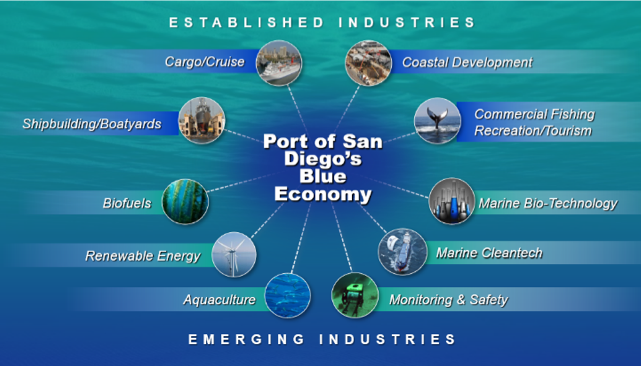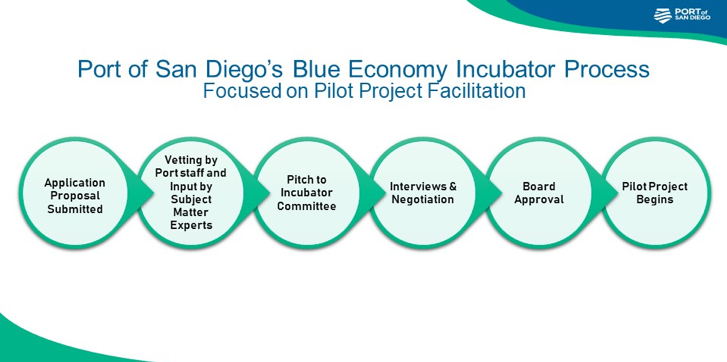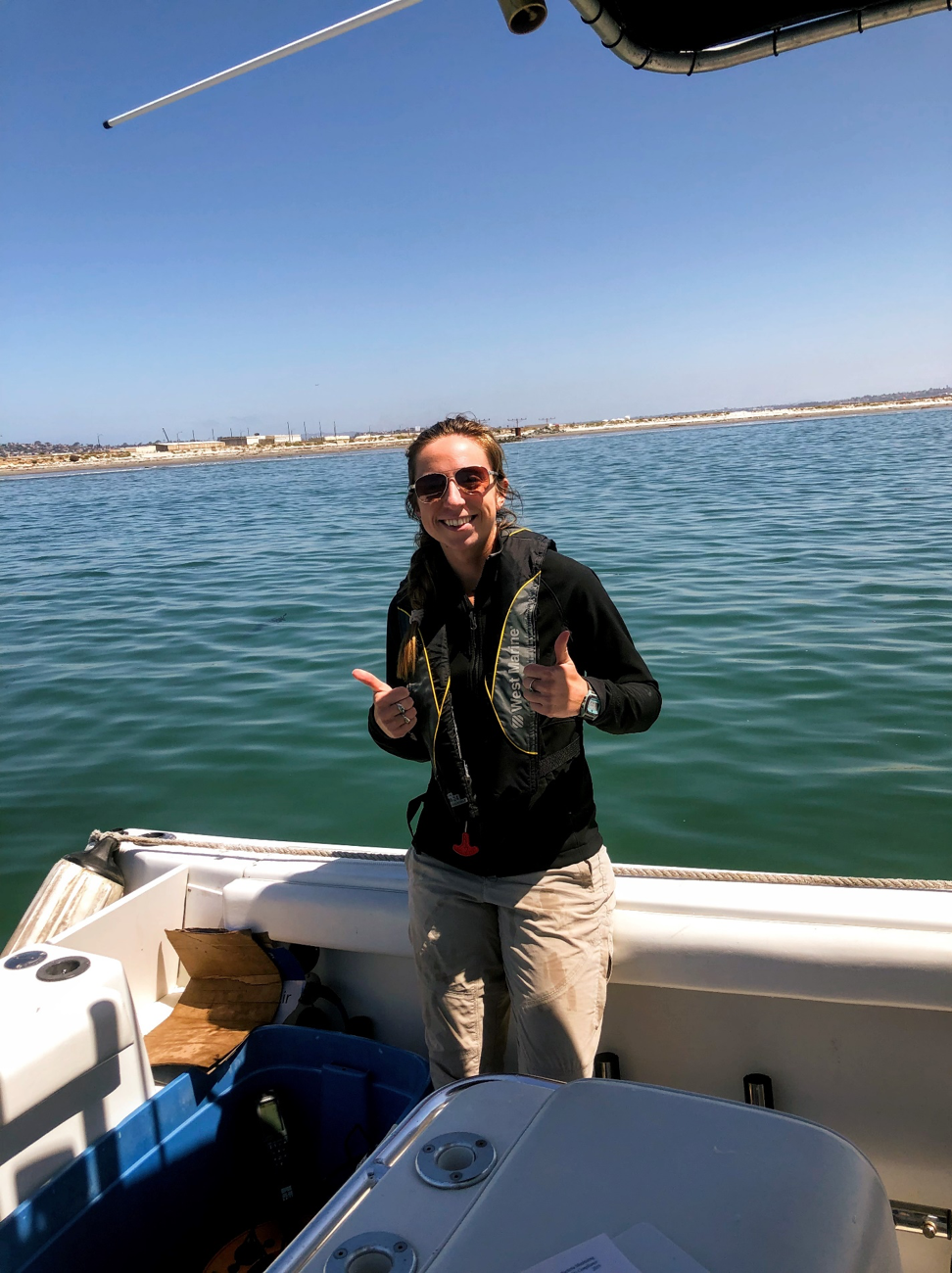Riddle of the day: What do aquaculture, fishing, offshore wind power, and maritime transport all have in common?
At first thought, some terms such as “marine,” “ocean resources,” or “economy” might come to mind. While all of these answers are correct, an even more holistic (but perhaps less apparent) answer is that collectively, all of these activities and sectors are part of the “blue economy.”
So, what exactly is the blue economy? Unfortunately, the idea or meaning of blue economy is not very straightforward; there are multiple different definitions, and its scope of interpretation varies across large agencies and organizations such as the World Bank, European Commission, Commonwealth of nationals, Center for Blue Economy, United Nations, and World Wildlife Fund (phew, that’s a lot!). But what we can extract from all of the various definitions is that the blue economy includes all economic sectors that utilize and affect water-related resources.

The blue economy has recently received a lot of attention in light of the numerous land-based challenges that the world is facing, such as water scarcity, climate change, and food demand. Therefore, many governments, agencies, and organizations are developing blue economy initiatives to promote the sustainable use of ocean resources and innovative “blue” technology businesses.

In recognition of these global challenges and the value of the blue economy, the Port of San Diego established the Blue Economy Incubator program in 2016 to assist in the creation, early development and initial scaling of new blue economy business ventures in and around San Diego Bay, focusing on aquaculture and blue technology. The program acts as a launching pad for sustainable aquaculture and blue technology businesses by removing common barriers for early-stage entrepreneurs and providing pilot project facilitation.
To date, the port has launched eight pilot projects, ranging from shellfish nursery operations, copper remediation technology, a drive-in boatwash, a smart marina softwareapplication, a marine debris removal vessel, seaweed aquaculture, and in-situ soil remediation technology and bio-enhancing concrete solution for marine environments. Ultimately, the goal of the Blue Economy Incubator program is to develop innovation partnerships to build a blue economy portfolio of new businesses that can deliver social, environmental, and economic benefits to the port and the region.
As a California Sea Grant State Fellow, I assist the port’s Aquaculture and Blue Technology team with the Blue Economy Incubator application process and project implementation, including proposal review, project tracking, reporting, and evaluating environmental impacts. In addition, I help move proposed projects through California Environmental Quality Act review and obtain necessary permits.
So, the next time you hear about a seaweed farm or oyster farm in your area, think about how that might impact your local economy. What social, economic, and environmental benefits will the companies bring to your area? How can you support this type of innovation? These are all important questions to ask ourselves and each other, because we are all part of the blue economy.




